The House Of Tudor Dynasty Of Britain
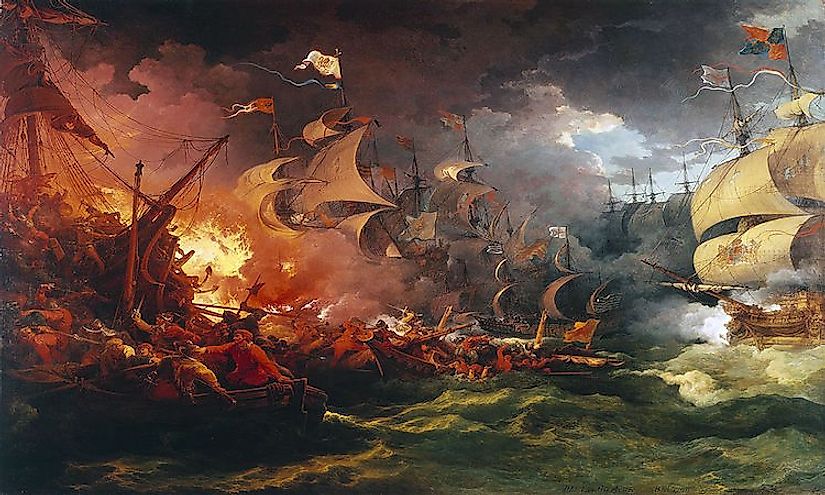
7. The Tudor Dynasty -
The Tudor Dynasty of England and Wales lasted from 1485 to 1603. During this time, six monarchs ruled the Kingdom of England, Wales, and Ireland although some individuals claim it was only five. The Tudor reign saw some of the greatest changes in the history of the United Kingdom and dealt with political issues like marriage, divorce, and the rights of women to ascend the throne in succession. The House of Tudor fell when the final monarch died with no legitimate heir.
6. Henry VII -
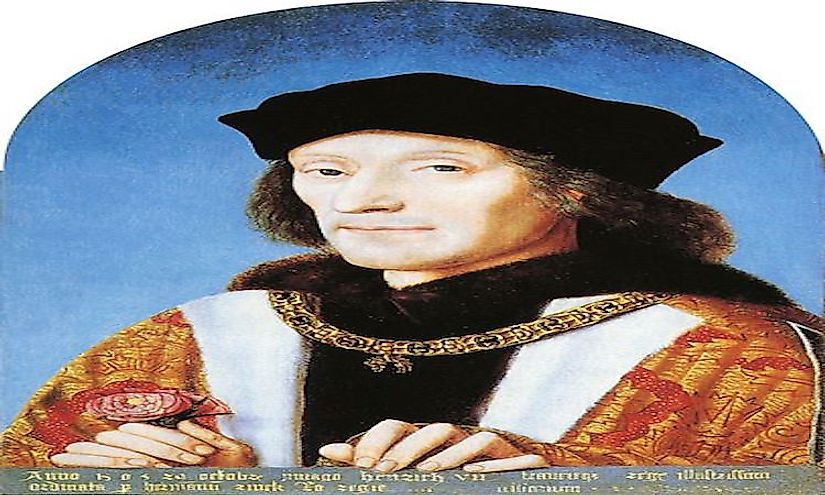
Henry VII, born Henry Tudor, was the son of Edmund Tudor and Margaret Beaufort, a descendant of King Edward III. He grew up under the rule of King Edward IV, of the House of York. When King Richard III took the throne after the death of Edward IV, Margaret worked on garnering support for the House of Lancaster to which her son had claim. Henry returned to England from Brittany in 1485 to challenge King Richard III. After defeating the king, Henry declared himself King Henry VII.
In order to join the two feuding Houses, referred to as the Wars of the Roses, Henry married Elizabeth of York, the daughter of former King Edward IV. Under his rule, King Henry VII worked to strengthen international relations by joining his family with foreign monarchs through the marriages of his children to the King James IV of Scotland and the Princess Catherine of Aragon (daughter of the King and Queen of Spain). He took the country to war twice and worked toward peace with France. He ruled until his death in April of 1509. Historians believe his greatest contribution was restoring the finances in the Treasury of England.
5. Henry VIII -
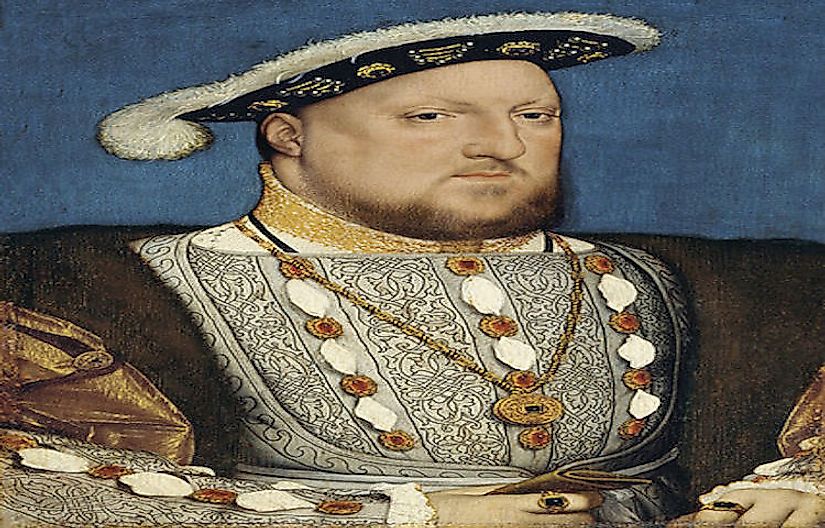
Henry VIII became the heir to the throne when his older brother, Arthur, Prince of Wales, died. Henry the VIII married Catherine of Aragon on June 11, 1509. She had previously been married to Arthur, but he died after 4 months of marriage when Catherine was only 14 years old. Only one of their children survived, Princess Mary. Worried that the Tudor line would not continue due to a lack of male heirs, King Henry VIII began to talk to his Chief Minister, Cardinal Wolsey, about the possibility of annulling the marriage. Both the Catholic church and Catherine opposed the divorce. This issue provoked the laws that broke England’s relationship with Rome and began the Protestant Reformation. King Henry VIII became the Head of the Church of England. He married a total of 6 times. His second wife, Queen Anne Boleyn, gave birth to his second daughter, Princess Elizabeth. His third wife, Queen Jane Seymour, gave birth to his first son, Edward VI, and she died shortly after. He died on January 28, 1547.
4. Edward VI -
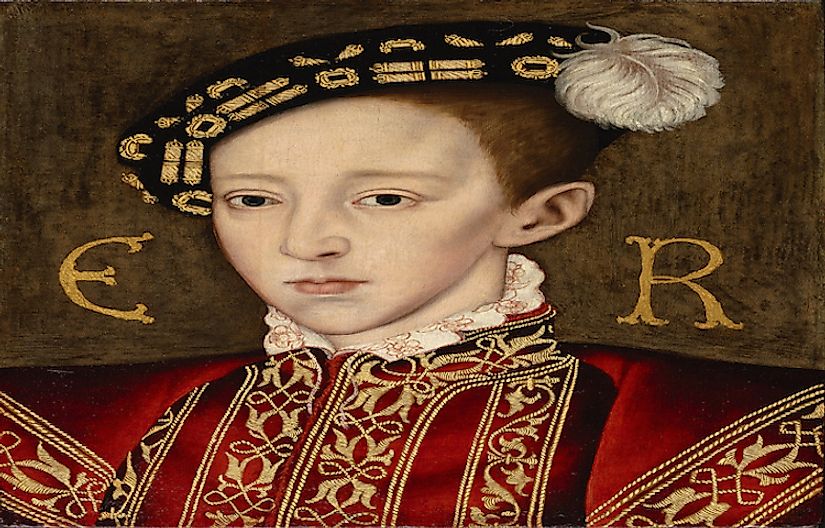
Edward VI assumed the throne at 9 years of age; his sisters Mary and Elizabeth were not considered legitimate heirs because their mothers’ marriages (Anne and Catherine) had been annulled. Because of his young age, his uncle, Edward Seymour, took control as regent and tried to take the Protestant Reformation to the Church of Scotland. Seymour was eventually removed from power by the council. Both the following regent and King Edward VI were supporters for the Protestant religion. In 1553, Edward became sick and worried that his sister Mary would take the throne and reestablish the Catholic religion, he signed his will and gave Lady Jane Grey, his cousin and granddaughter of King Henry VIII’s sister Mary Tudor, the right to the throne. King Edward VI died on July 6, 1553.
3. Jane -
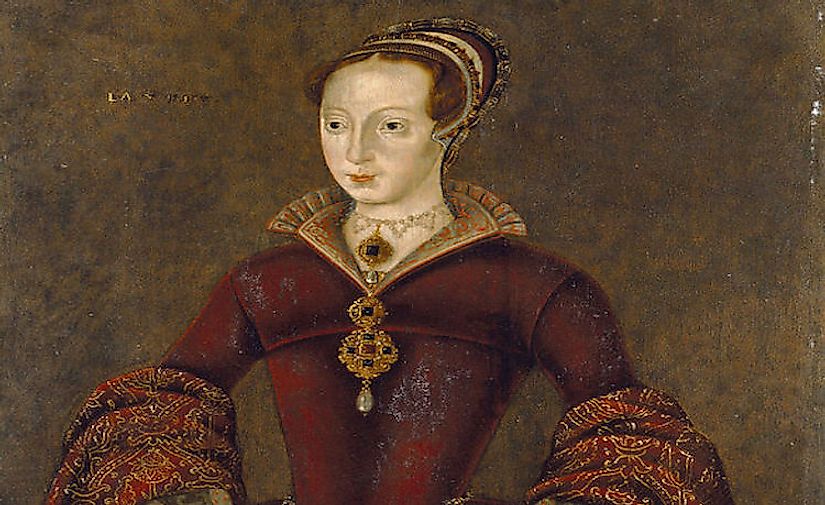
Lady Jane Grey became Queen of England for only 9 days, from July 10 until July 19 of 1553. Her position and ascension to the throne was disputed by the general public. During this brief rule, she refused to name her husband as King. She was found guilty of treason and beheaded on February 12, 1554.
2. Mary I -
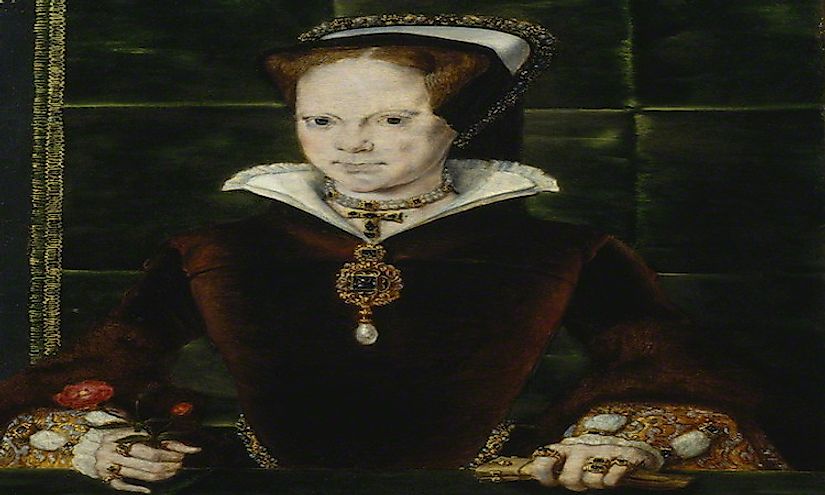
Although Queen Mary I entered the throne in 1554 with a majority of popular support, that soon changed. She announced her planned marriage to Prince Philip of Spain and the public expressed their disdain for an alliance with Spain. A rebellion attempted to overthrow her place as Queen and replace her with her younger sister, Elizabeth I. It was unsuccessful, but Elizabeth was placed in prison. Mary had no children during her rule, which lasted for 5 years. She attempted to restore the Catholic faith to England, persecuting and killing many Protestants from 1555 to 1558. She is now commonly referred to as Bloody Mary. During her reign, she managed to reverse the country’s debt and inflation, reduce poverty, and improve trade. She died on November 17, 1558.
1. Elizabeth I -
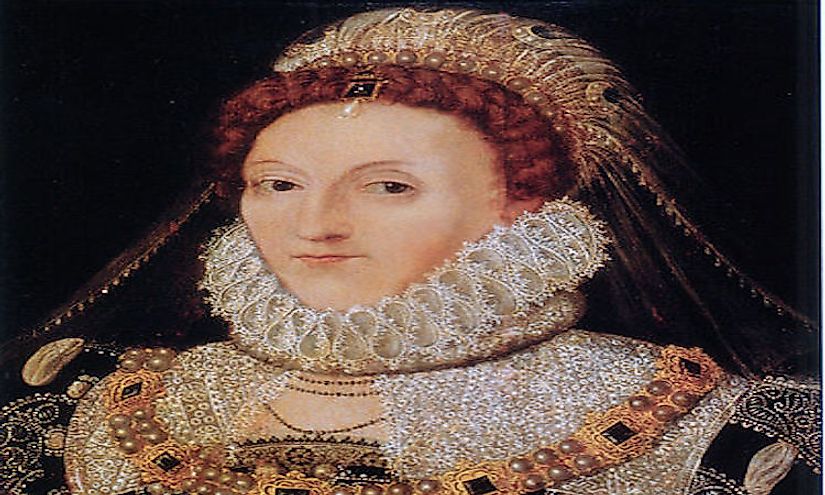
Elizabeth I was crowned in January of 1559, which was a difficult ordeal given that the ceremony is performed by Catholic bishops and she was a Protestant. She became Supreme Governor of the Church of England and mandated church attendance every Sunday. The council under her reign tried to pressure the Queen to marry so that a King may assume the duties of governing the kingdom, but she never married. On several occasions rebels attempted to overthrow her and replace her with Mary, Queen of Scots. Queen Elizabeth ordered Queen Mary’s execution, which occurred in 1587. She established a form of welfare for the poor during the years of famine, had no external debts, and had actually loaned money in the name of England. She died in March of 1603 with no heirs and no named successor. She was the last of the line of Tudors.
The Tudor Dynasty
| Rank | Name | Birth | Accession date | Death |
|---|---|---|---|---|
| 1 | Henry VII | 28 January 1457 Pembroke Castle | 22 August 1485 (crowned at Westminster Abbey on 30 October 1485) | 21 April 1509 Richmond Palace aged 52 |
| 2 | Henry VIII | 28 June 1491 Greenwich Palace | 21 April 1509 (crowned at Westminster Abbey on 24 June 1509) | 28 January 1547 Palace of Whitehall aged 55 |
| 3 | Edward VI | 12 October 1537 Hampton Court Palace | 28 January 1547 (crowned at Westminster Abbey on 20 February 1547) | 6 July 1553 Greenwich Palace aged 15 |
| 4 | Jane (disputed) | 1537 Bradgate Park | 10 July 1553 (never crowned) | 12 February 1554 executed at the Tower of London aged 16–17 |
| 5 | Mary I | 18 February 1516 Palace of Placentia | 19 July 1553 (crowned at Westminster Abbey on 1 October 1553) | 17 November 1558 St James's Palace aged 42 |
| 6 | Elizabeth I | 7 September 1533 Greenwich Palace | 17 November 1558 (crowned at Westminster Abbey on 15 January 1559) | 24 March 1603 Richmond Palace aged 69 |







